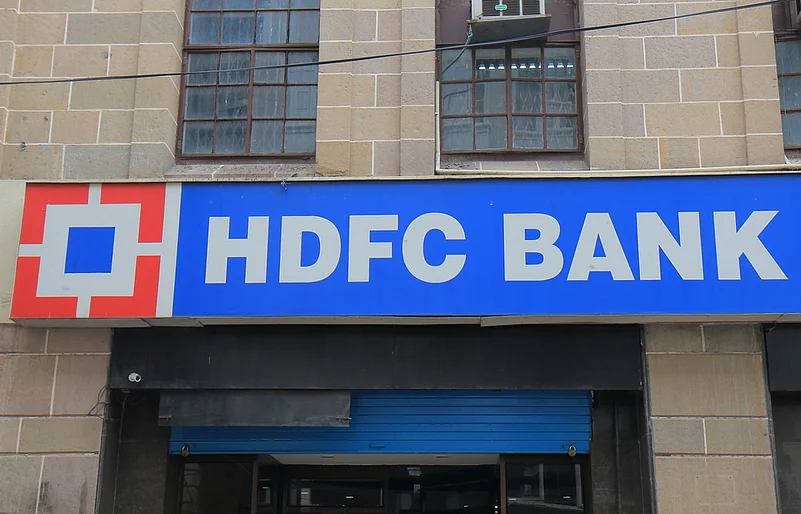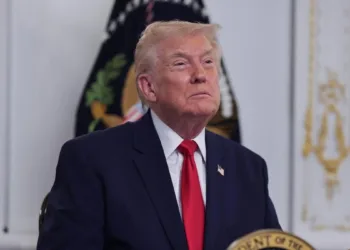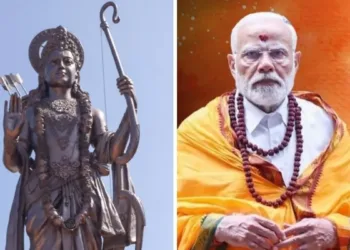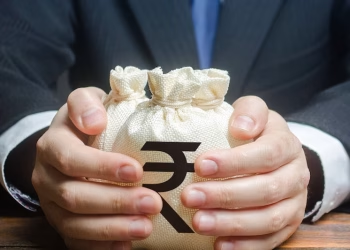Banking just got more expensive for urban Indians! HDFC Bank has quietly doubled its minimum average balance (MAB) requirement to ₹25,000 for new savings account holders in metro and urban areas, effective August 1, 2025. Following ICICI Bank’s recent hike to ₹50,000, this move signals a clear trend among private banks that could hit middle-class families where it hurts most.
Table of Contents
The Big Change: What’s New vs What Was
Let’s break down exactly what’s changed because the numbers tell a pretty stark story:
HDFC Bank MAB: Before vs After
| Location Type | Previous MAB | New MAB (Aug 2025) | Penalty Rate |
|---|---|---|---|
| Metro/Urban | ₹10,000 | ₹25,000 | 6% of shortfall or ₹600 (whichever is lower) |
| Semi-Urban | ₹5,000 | ₹5,000 (unchanged) | Standard penalty applies |
| Rural | ₹2,500 | ₹2,500 (unchanged) | Standard penalty applies |
The reality check? If you’re opening a new HDFC savings account in Delhi, Mumbai, or Bangalore, you now need to park ₹15,000 more just to avoid penalties. That’s a significant chunk of money for most Indian families.
Why Banks Are Hiking Minimum Balances
Here’s the uncomfortable truth: private banks are essentially saying “we want wealthier customers.” In an era where digital banking is reducing operational costs, these hikes seem counterintuitive – unless you consider the bigger picture.
Banks benefit from higher MABs because:
- Free float funds for lending and investment
- Reduced customer acquisition costs by targeting premium segments
- Higher fee income from penalty charges
- Improved profitability metrics per customer
The Growing Banking Divide
What’s fascinating (and concerning) is how different banks are moving in opposite directions:
Private Banks Going Premium:
- ICICI Bank: Hiked MAB to ₹50,000
- HDFC Bank: Increased to ₹25,000
- Axis Bank: Considering similar moves
Public Banks Going Inclusive:
- SBI: Removed minimum balance requirements
- PNB: Eliminated MAB penalties
- Canara Bank: No minimum balance needed
This creates a two-tier banking system where public sector banks serve mass market customers while private banks chase high-net-worth individuals.
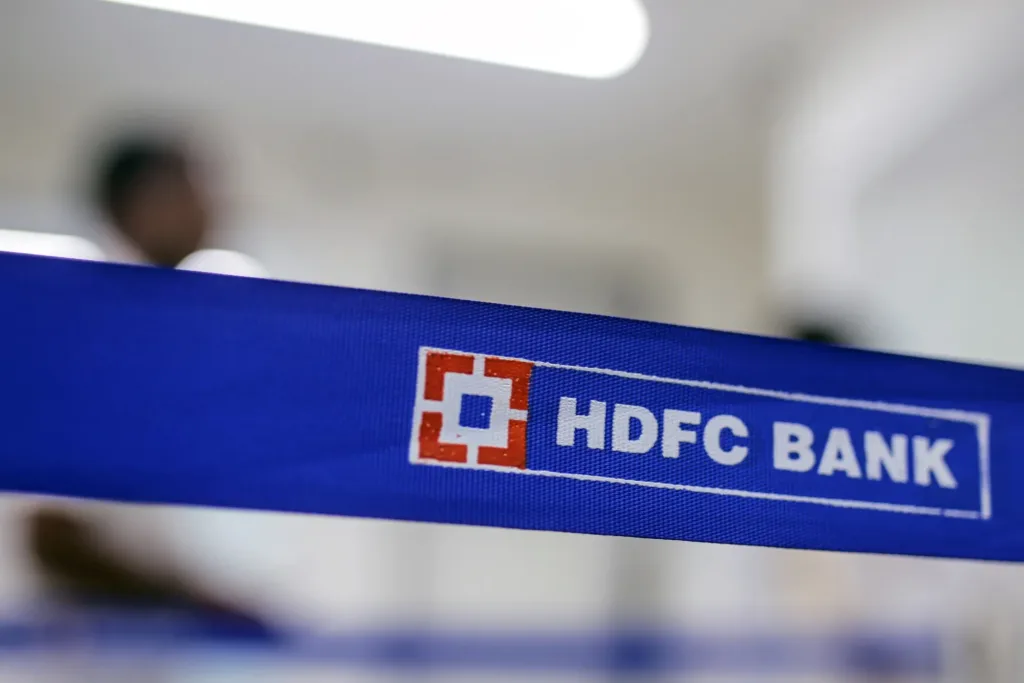
HDFC’s “Classic” Customer Escape Route
Not all hope is lost for existing customers. HDFC offers a “Classic” category that provides relief if you meet any of these criteria:
- Maintain ₹1 lakh average monthly balance in savings
- Keep ₹2 lakh average quarterly balance in current account
- Earn ₹1 lakh+ monthly salary credited to HDFC corporate account
These thresholds essentially create a premium tier within the regular banking structure.
Real Impact on Indian Families
Let’s talk about what this actually means for ordinary people. A typical middle-class family in Mumbai or Delhi now needs to keep ₹25,000 idle in their savings account – money that could otherwise earn returns in mutual funds or fixed deposits.
The penalty math is brutal:
- Fall short by ₹10,000? Pay ₹600 penalty
- Forget to maintain balance for just one month? Face immediate charges
- Multiple shortfalls in a year? Watch hundreds disappear in penalties
Strategic Options for Smart Banking
If you’re considering HDFC Bank:
- Evaluate your finances honestly – Can you consistently maintain ₹25,000?
- Consider public banks like SBI for no-MAB alternatives
- Explore salary accounts which often have relaxed requirements
- Look into digital banks offering competitive features
For existing customers:
- Your current MAB requirements remain unchanged (for now)
- Monitor your account closely to avoid penalty surprises
- Consider upgrading to Classic if you qualify
The Bigger Picture: Banking’s Evolution
This MAB increase reflects a broader shift in Indian banking. Private banks are betting that affluent customers will pay premium prices for better service, digital features, and branch networks. Meanwhile, financial inclusion initiatives are increasingly falling to public sector institutions.
The question is: will this strategy work, or will customers simply migrate to zero-balance alternatives?
What Should You Do?
Consider staying with HDFC if:
- You consistently maintain higher balances
- You value their digital banking experience
- You prefer their extensive ATM/branch network
- You qualify for Classic customer benefits
Look for alternatives if:
- ₹25,000 MAB strains your budget
- You prefer zero-balance accounts
- You rarely use premium banking features
- You prioritize cost over convenience
The Bottom Line
HDFC Bank’s MAB hike to ₹25,000 represents a calculated gamble: that customers will pay more for perceived premium service. While this might boost their profitability metrics, it also risks alienating the very middle-class customers who built their success.
For consumers, this is a wake-up call to reassess banking relationships. With fintech alternatives offering competitive features without hefty balance requirements, traditional banks might find that customer loyalty has its limits.
The banking landscape is clearly evolving – the question is whether HDFC’s bet on premium positioning will pay off or backfire spectacularly.
Have you been affected by recent MAB hikes? Share your banking strategy in the comments below!
Stay informed about banking changes and financial tips at Technosports Finance Hub.
Read more: Jio Finance Shakes Up Tax Filing with ₹24 ITR Service: The Ultimate Game Changer?

